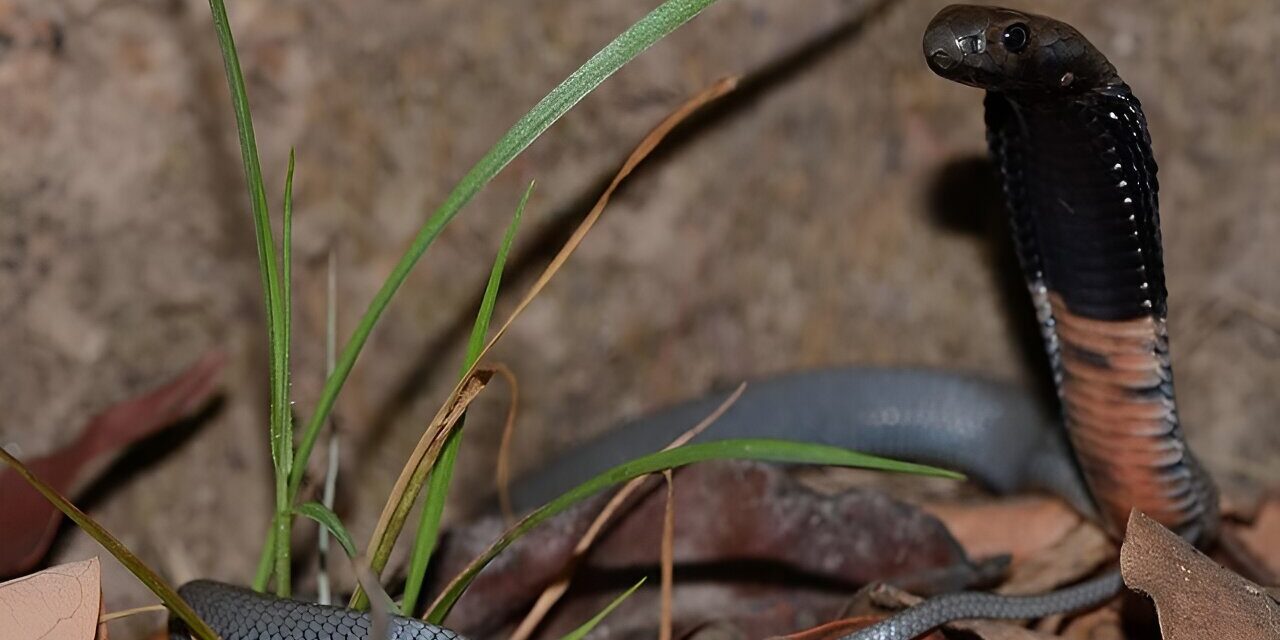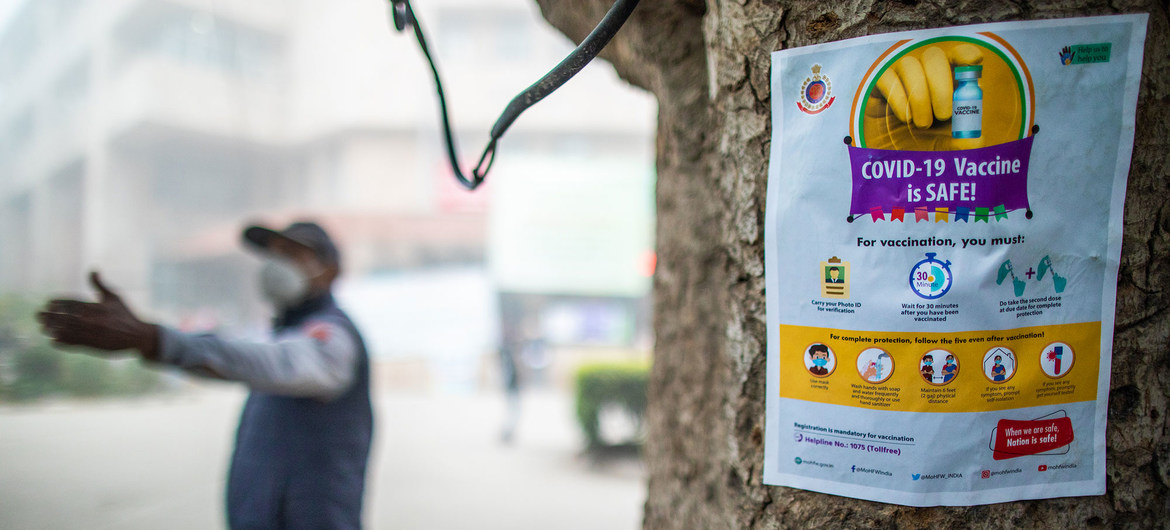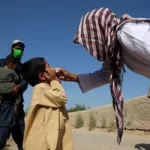In a groundbreaking discovery, scientists have unveiled a new treatment to combat the devastating tissue damage inflicted by the venom of African spitting cobras. These cobras are notorious for their potent venom, which triggers dermo necrosis, resulting in rapid destruction of skin, muscle, and bone around the snakebite area, often leading to permanent injuries and disfigurement.
The breakthrough, led by Professor Nicholas Casewell and his team at the Liverpool School of Tropical Medicine, alongside researchers from various international institutions, including Dr. Steven Hall, formerly of LSTM and now at Lancaster University, involves repurposing a small molecule drug called varespladib to counteract the venom’s harmful effects. Their findings, published in the journal Proceedings of the National Academy of Sciences, offer hope for the hundreds of thousands affected by snakebites each year, particularly in Africa, where spitting cobra bites contribute significantly to the burden of snakebite-related morbidity.
Existing treatments for spitting cobra bites have long been regarded as ineffective, leaving many victims with permanent disabilities and facing the grim prospect of limb amputations. Traditional antivenoms often fail to effectively neutralize the venom’s toxins due to their inability to penetrate the affected tissue adequately. However, the discovery of varespladib’s ability to block one of the major toxins responsible for dermo necrosis presents a promising avenue for improved snakebite management.
Professor Casewell emphasized the potential of their findings in revolutionizing snakebite treatment, stating, “Our data shows that blocking just one of the main toxin families in spitting cobra venom will likely prevent the debilitating tissue damage seen in thousands of snakebite patients each year.”
The research team identified cytotoxic three-finger toxins (CTx) and phospholipases A2 (PLA2) toxins as the primary culprits behind venom-induced dermo necrosis. Through local injection of varespladib, they observed a significant reduction in tissue damage, even when administered up to an hour after the snakebite. The protective effects of the drug extended to venom-induced muscle toxicity, offering comprehensive relief for snakebite victims.
Dr. Hall underscored the urgency of addressing snakebite-related morbidity, describing it as a “devastating neglected tropical disease.” He expressed optimism regarding varespladib’s potential to mitigate the destructive effects of African spitting cobra venom and emphasized the need for further research to develop effective therapies against other venom toxins.
Keirah Bartlett, joint lead author of the study, hailed the findings as extremely promising, noting that varespladib’s prior clinical testing in humans positions it as a viable treatment option for snakebite victims in the near future.
Looking ahead, Professor Casewell’s team aims to explore additional treatments targeting the venom’s CTx, with the goal of enhancing varespladib’s efficacy and further reducing the long-term morbidity associated with spitting cobra bites.
The discovery of varespladib’s effectiveness against African spitting cobra venom marks a significant milestone in the ongoing battle against snakebite-related injuries and deaths, offering hope for improved outcomes and quality of life for countless individuals worldwide.












